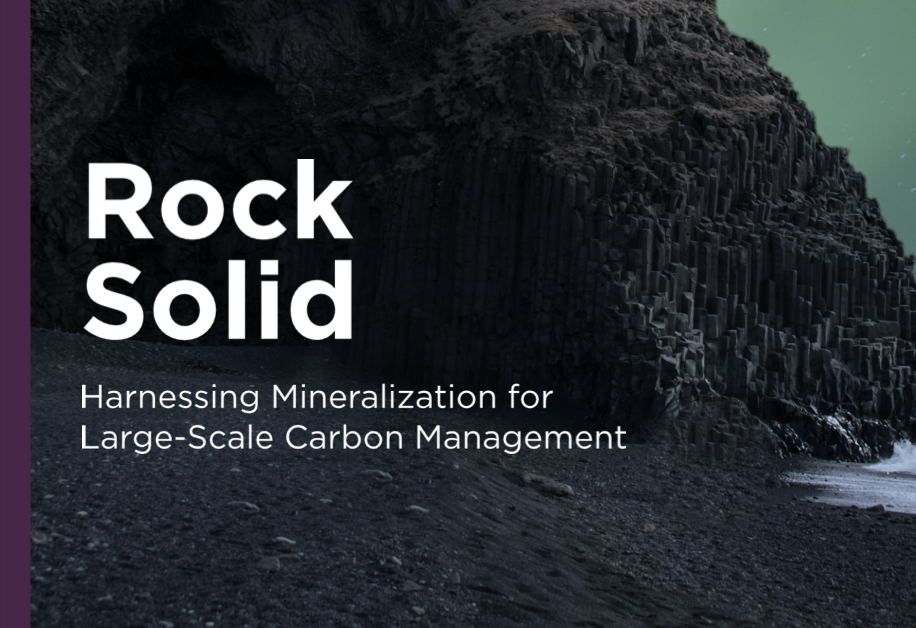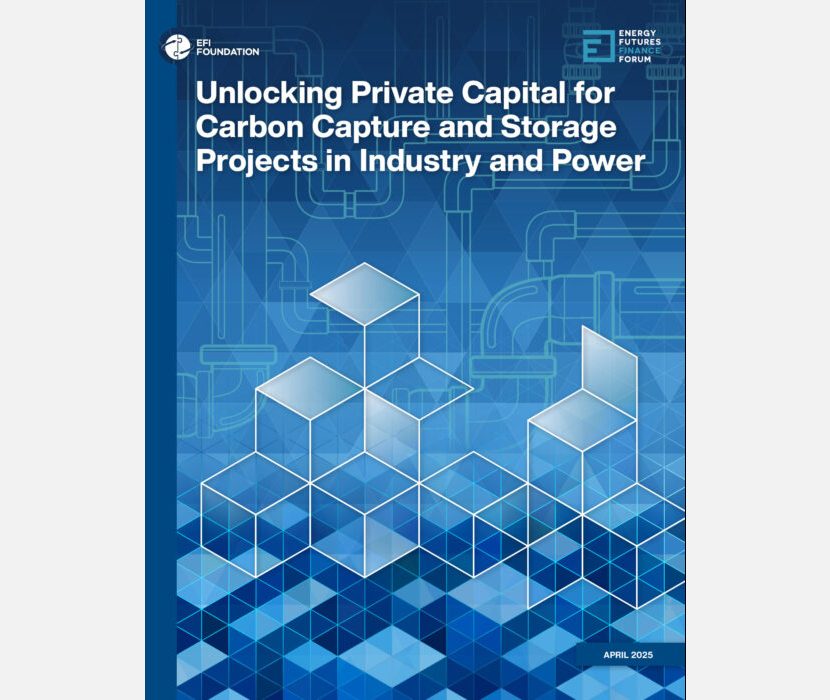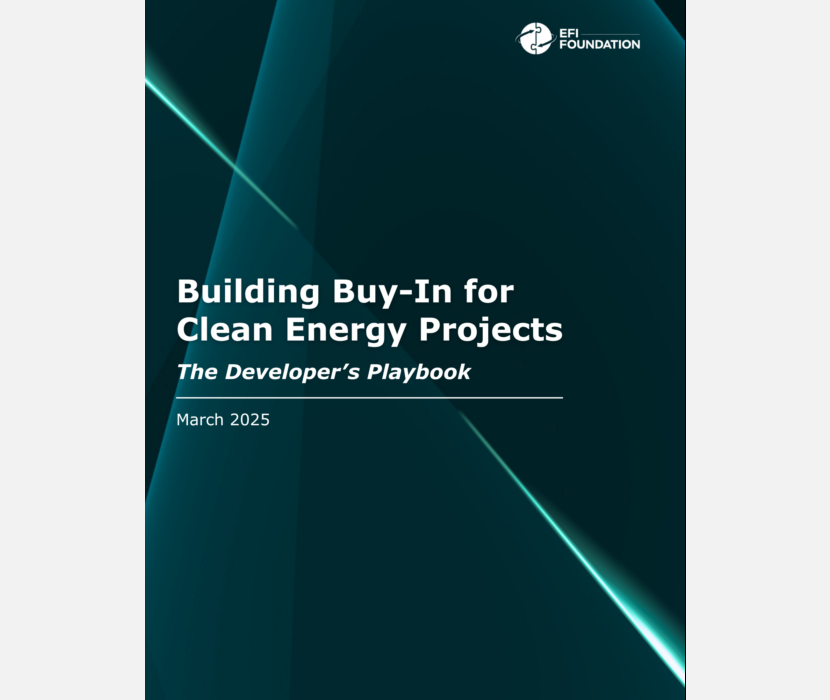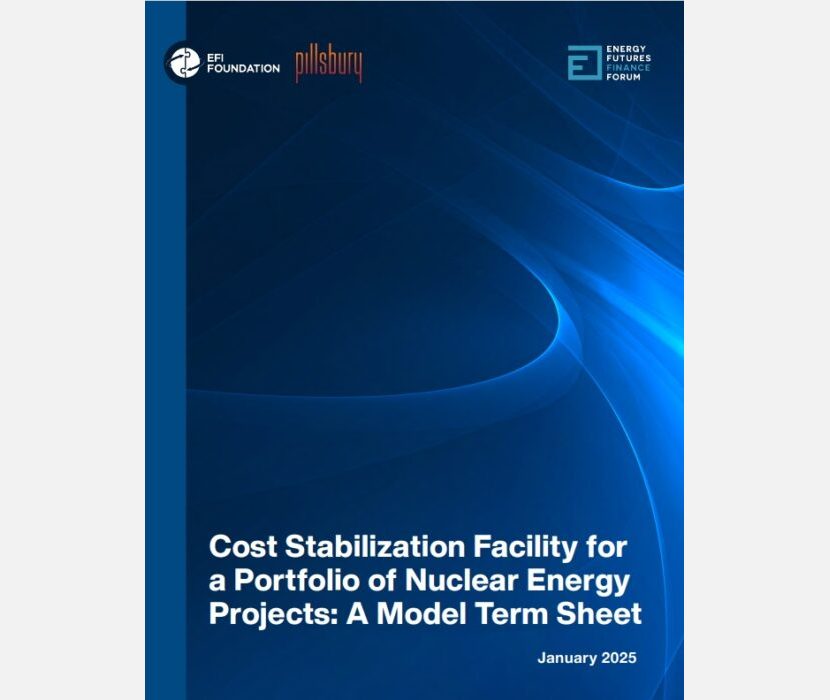Innovation at the Horizon: Accelerating Innovation of Emerging Hybrid CDR Technologies (November 2024) provides a snapshot of current hybrid carbon dioxide removal (CDR) activities across the United States, with a focus on potential innovation breakthroughs. This report is the fourth in the Frontiers of CDR series—which includes —Rock Solid, From the Ground Up, and Uncharted Waters. This work follows on those earlier reports that explored underexamined pathways for CDR in mineralization, terrestrial, and marine environments.
Innovation at the Horizon focuses on hybrid CDR measures, which incorporate state-of-the-art technological enhancements to leverage natural processes for carbon absorption, conversion, and storage in the environment. The scope of hybrid CDR measures encompasses aquatic, terrestrial, and mineral techniques.
CDR technologies will be a critical tool for addressing the adverse impacts of climate change in order to remove emissions already present in the environment—and can complement efforts to reduce current greenhouse gas (GHG) emissions. Potential CDR approaches range from technological solutions that directly capture existing carbon dioxide from the atmosphere (i.e., direct air capture, or DAC) natural solutions that include tree planting, and hybrid solutions that can harness the capacity of minerals, biomass, and the oceans to sequester carbon dioxide. Hybrid CDR approaches have the potential to be more cost-effective than strictly technological approaches like direct air capture because the hybrid approaches harness natural energy dynamics rather than using only man-made energy inputs.
Innovation at the Horizon finds that hybrid CDR approaches have significant potential to help reduce carbon emissions. A survey by the EFI Foundation (EFIF) identified 132 entities that are advancing hybrid CDR solutions at 173 locations across 40 states and the District of Columbia. Many of these new hybrid CDR activities represent innovation in developing industries—employing state-of-the-art science and technology to create new opportunities for effective and efficient CDR. These include using machine learning to map carbon levels in soils and guide precision agriculture, autonomous monitoring of ocean alkalinity, drones to map forest growth, robotics to plant new trees, perform cover cropping, map ocean sediments, and harvest marine aquaculture.
Because hybrid CDR is a public good, further development, demonstration, and, ultimately, large-scale deployment will require public investment. A livable climate is a public good that benefits everyone—just like education or national defense. Its value is not easily captured in dollars and cents, requiring the government to step in to pay for it. Unlike many other climate technologies, CDR does not usually produce energy or other products that can subsidize its cost; its value is purely its contribution to that public good.
While some level of voluntary private sector investment in hybrid CDR can be incentivized by tax credits and as credits against future emissions, neither can operate on the scale necessary to achieve the net negative emissions needed for climate remediation. Only public investment can do so.
Innovation at the Horizon recommends the following to scale up hybrid CDR in the United States:
- Comprehensive hybrid CDR RD&D multi-year initiative, encompassing a portfolio of approaches across all hybrid CDR pathways, including a commitment to a $10.7 billion effort over 10 years, with a whole-of-government effort spanning 12 federal agencies. A near-term priority should be funding accelerated testing on the efficacy of various hybrid CDR methods at pilot scale.
- “Demand pull” tax incentive, encouraging the formation of markets for carbon captured and stored via hybrid CDR measures. The credit should be modeled after the Section 45Q credit for CDR from direct air capture or bioenergy with carbon capture and sequestration.
- Pilot hybrid CDR purchase programs, funded and designed by the U.S. Department of Energy based on its Pilot Prize Program to provide additional incentives for market demand formation for hybrid CDR. As recommended in the 2022 EFIF report CO2-Secure, the purchase program should be scaled to a megaton level of annual removals within this decade, setting the stage for a follow-on gigaton-scale purchasing program. The program should be technology-neutral with clear performance-based requirements.
Related Content
(Share this post with others.)








